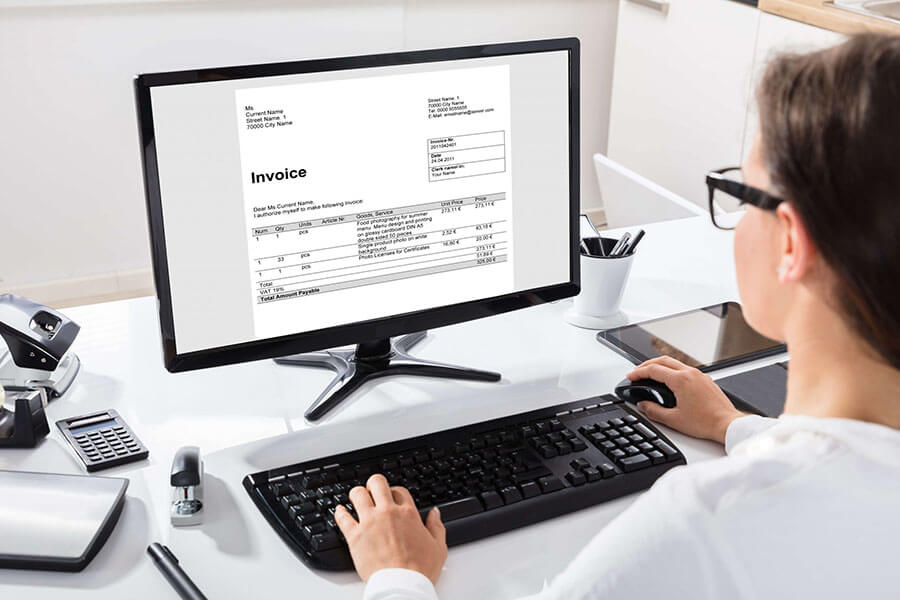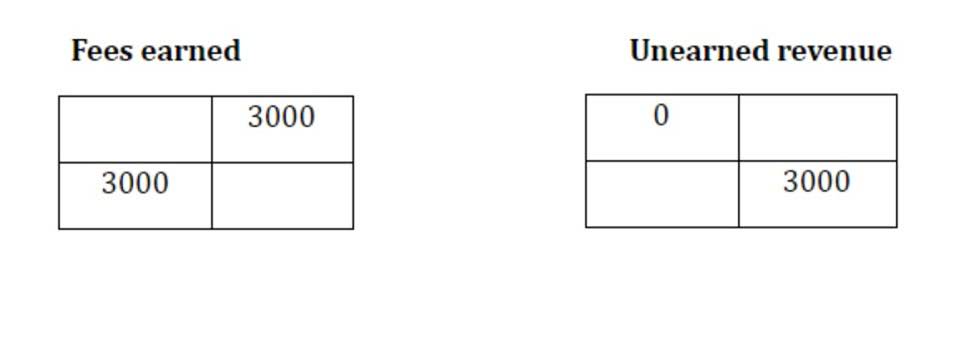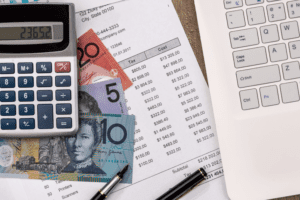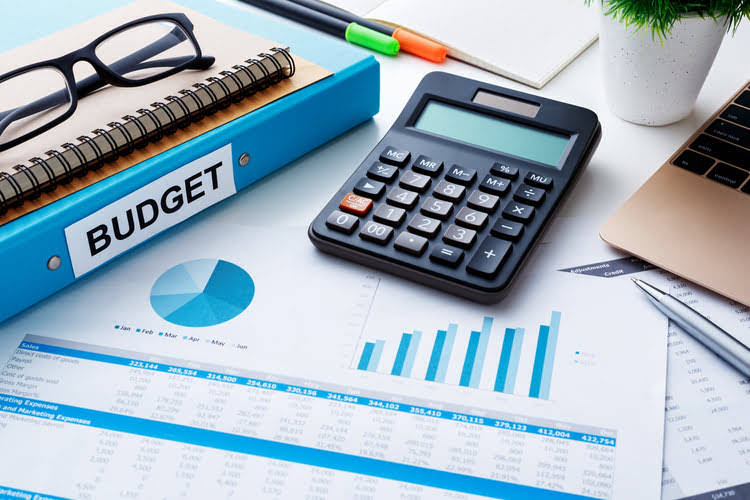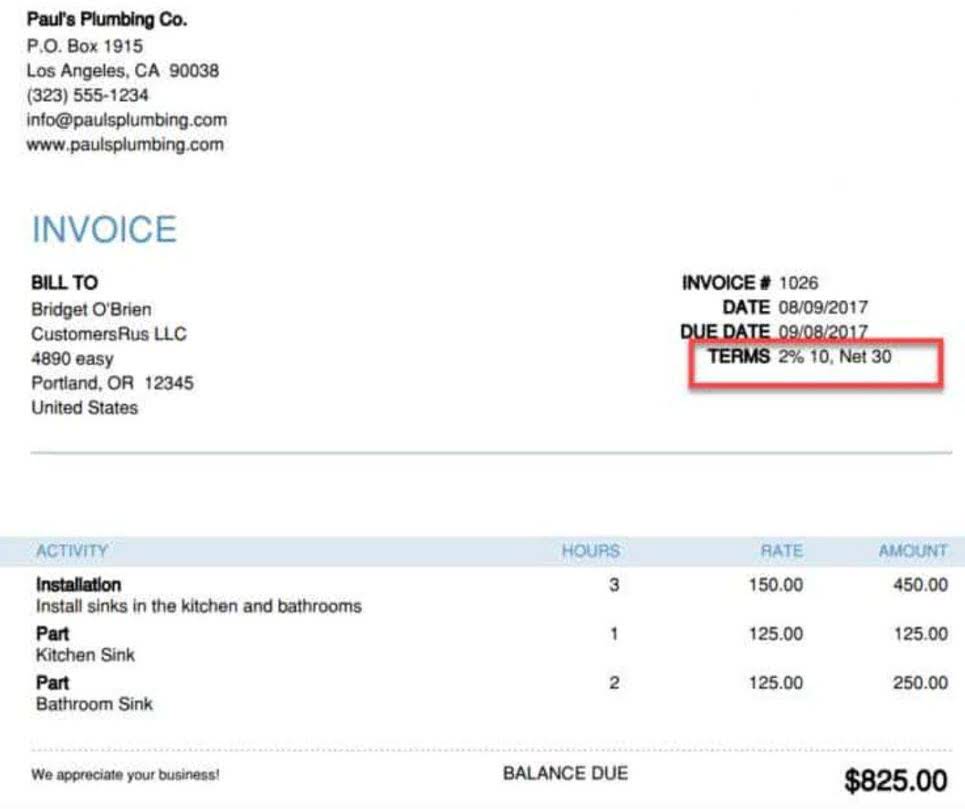Although Gusto and QuickBooks payroll services provide similar basic functions, several factors set them apart. Their differences can help you determine which service is better suited to your business needs. For example, if you have 15 people in the system, you enroll every employee and choose the standard plan.
Support and Onboarding Process
Gusto makes the process simple and easy, whether you’re managing the monthly paycheck or registering a new employee in benefits. QuickBooks shines with its in-depth financial tracking and reporting capabilities. Its special sauce is the ability to give you a 360-degree view of your business’s financial health, enabling informed decision-making.
Employers can track detailed labor costs, break down expenses by department or project, and monitor tax liabilities across multiple states. Intuit Payroll is equally reliable when it comes to tax compliance and offers features that calculate, file, and pay federal and state payroll taxes automatically. For users, the software provides an exclusive Tax Penalty Protection feature, which covers up to $25,000 in penalties if Intuit makes a mistake.
Key Features and Benefits
- The platform also offers a mobile app employees can use for time-tracking and administrators can use to run payroll.
- Gusto Payroll Processing(/images/screenshot-gusto-payroll-processing ] Gusto makes it easy to run payroll and add additional earnings.
- In the end, we round off with our advice on the types of businesses that will benefit more from using either of the payroll solutions.
Gusto is a suitable option if your primary need is simplified time tracking connected to payroll. QuickBooks provides a clear advantage for businesses requiring in-depth job costing, comprehensive reporting, and greater flexibility. Payroll services are part of QuickBooks’ range of functionalities, covering many accounting functions. Because these services are integrated with QuickBooks’s accounting capabilities, you can see your financial status more comprehensively. QuickBooks Payroll is a powerful and effective tool that handles payments, submits documents, and calculates taxes automatically. However, because its payroll functions are part of a larger package, the emphasis isn’t as clear as it would be with a supplier specializing in payroll.
Both platforms present a wide range of functionalities—from handling payroll taxes and tax payment responsibilities to offering employee benefits, health insurance plans, vision insurance, and even college savings plans. OnPay has a simple pricing structure that only fluctuates based on a business’s number of employees. It includes HR tools, unlimited payroll runs, automated tax payments, W-2 and 1099 processing, and customer support through phone, chat and email.
How to Protect Your Identity from Hackers Without Becoming a Tech Expert
- Federal, state and local payroll taxes are calculated, filed and paid automatically in all three plan tiers.
- Both platforms continue to evolve by offering features such as advanced time-tracking features, third-party integration, expert setup, and robust Reporting capabilities.
- You can pay employees and contractors by direct deposit or have physical checks issued.
- Intuit, through its various premium plans and integrations with Intuit Insurance Services, supports similar employee benefits.
- These insights show how much and where money is flowing so you can determine the ROIs of certain departments or projects.
QuickBooks may be more suitable for those integrated into the QuickBooks ecosystem, while Gusto could be the go-to for businesses seeking extensive HR tools and a straightforward experience. Read on to learn more about each system, including pricing and feature comparisons. A well-structured Employee portal and integrated employee surveys allow businesses to gain actionable insights and feedback from their workforce. This is particularly beneficial for talent management and HR departments, helping in creating organizational charts, maintaining coworker directories, and encouraging clear internal communication. Customers can schedule call backs and talk to live experts over the phone from Monday through Friday every week.
Best HRMS Software Systems in 2025
Staff members are included, as are unlimited payroll cycles, in all fifty states, aside from configurable schedules, different pay rates. To intuit vs gusto help you determine which is better, and which might be best for you and your business, we have thoroughly reviewed their services by putting ourselves in the shoes of an entrepreneur. It also doesn’t auto-connect customers to product specialists for troubleshooting. A Live Bookkeeper cannot begin cleaning up your past books until they receive the required supporting documentation, which your bookkeeper will request from you after your first meeting.
The feature also ensures a smooth flow of time-tracking data directly into payroll, which enables accurate calculations of wages, overtime, and PTO without manual intervention. Intuit Payroll offers advanced time tracking through its integration with QuickBooks Time, a highly regarded time-tracking solution. Employees can clock in and out using various methods, such as mobile apps or web browsers using geofencing technology.
QuickBooks and Gusto have the same basic features, which make their competition tight. They both provide services in all 50 states, have unlimited pay, reporting tools, automated taxes and forms, deduction and garnishments, and expert product support. When you view all the packages, you have the option to select one and set up an account.
This integration means less hassle and more value for your employees, making it a seamless process to offer and manage benefits alongside payroll. Gusto introduces its pricing with the Simple Plan, which offers a streamlined set of automatic payroll features and benefits integrations. It’s designed to simplify payroll processes for small and medium-sized businesses by offering straightforward, comprehensive services. The advantages offered by these payroll systems largely depend on your business’s specific needs. If you use a lot of freelancers and contractors, Gusto offers more cost-effective tools to ensure they are paid on time and more efficiently.
The key to choosing between them lies in understanding the unique priorities of your business; whether it’s integrations, advanced reporting, or a user-friendly experience. Each software excels in its own right by offering strong payroll processing, tax compliance, and essential HR tools. While primarily an accounting tool, QuickBooks offers functionality for handling certain aspects of employee benefits, particularly those related to payroll. However, its approach is more about ensuring that benefits-related deductions and contributions are accurately reflected in payroll calculations rather than offering a robust benefits management system.
There is a good chance you will get a discount (up to 70%) when you decide to purchase any of their packages. The main advantage of Gusto is its more robust HR services, but QuickBooks still represents the better value for payroll. You can easily find the plans, detailing features and pricing, and get more information on each service. Again, the Gusto plan is more expensive, but their plan offers more HR tools. Payroll is an absolutely crucial business process, and because it’s often complex and tedious many entrepreneurs rely on a professional payroll service to do the job. Natalie is a writer with experience in operations, HR, and training & development within the software, healthcare, and financial services sectors.
Gusto functions as a full-service payroll as well as an HCM suite, while Quickbooks, on the other hand, strictly provides full-service payroll with light benefits administration. Gusto provides detailed payroll ledger reports that are easy to customize and export. QuickBooks Payroll also provides payroll ledger functionality, but users often find Gusto’s reporting to be more robust and easier to navigate, especially for businesses that require more in-depth reporting. Gusto integrates with accounting, point-of-sale, company operations, and time-tracking software.
It will help you maximize your return on investment and choose the right solution for your payroll needs. QuickBooks Online Payroll works for small to midsize businesses—from accountants and financial experts to hospitality companies, construction companies, and truckers. Your payroll data syncs with your accounting tools to ensure your payroll data is accurate and up-to-date. Employers can better manage cash flow with ledger reports and analytics provided by the platform. These insights show how much and where money is flowing so you can determine the ROIs of certain departments or projects.
Among the online-based automated payroll software in the US, QuickBooks and Gusto are leading the market by a margin. If you are looking for an automated payroll service for your small business, you need to look at their comparisons closely. You can only contact sales, so we did and asked the same question about paper checks vs. direct deposit. The answer was yes, both are available, but the representative pressed us to sign up. Gusto offers live customer support over the phone with hours from 5am to 5pm Pacific Time, Monday through Friday. Companies can import QuickBooks data directly into TurboTax (since they’re both Intuit products), which can simplify payroll taxes deductions, and bookkeeping.
Both platforms offer seamless integration with major accounting tools such as QuickBooks Online, QuickBooks Accounting, and Intuit Quickbooks. This integration not only simplifies financial tracking but also unifies the accounting process by linking payroll with other financial records. Gusto Payroll prides itself on providing same-day direct deposits and next-day direct deposit options, which include Next-day or same-day direct deposit capabilities that minimize deposit delays even on the morning of payday. Intuit Payroll’s auto payroll functionality and direct deposit payments ensure that active employee and contractor payments are executed reliably. Its comprehensive suite of tools makes it particularly suitable for businesses that prioritize deep integration between their payroll and accounting systems.

